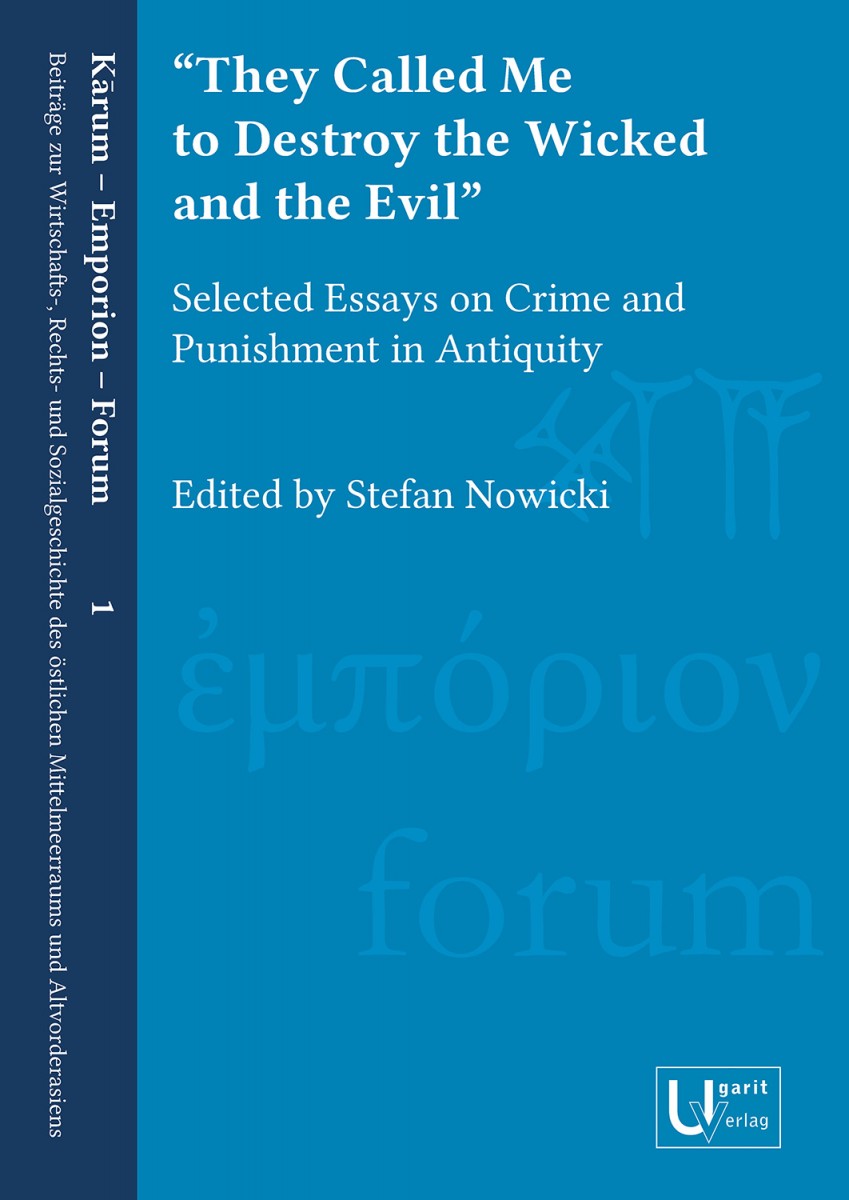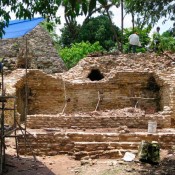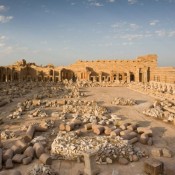Angelika Lohwasser, Hans Neumann and Kai Ruffing (eds.), Karum – Emporion – Forum. Beiträge zur Wirtschafts-, Rechts- und Sozialgeschichte des östlichen Mittelmeerraums und Altvorderasiens (KEF), Ugarit Verlag.
Kārum, Emporion, and Forum designate centres of trade in Akkadian, Greek, and Latin. Such centres served as meeting points for people from different cultures, people of varying social status, and people from divergent legal systems. Not least because of prevailing
conditions today, current research in Greek, Roman, ancient Near Eastern, and ancient Egyptian culture is interested in intercultural exchange and economic history. The study of the ancient economy subsumes questions of social and legal history, because economy,
society, and law are all elements in a complex, interrelated system.
Further, many examples of interdisciplinary collaboration in research in these fields demonstrate the advantages of an interdisciplinary approach. The new series KEF intends to be a platform for collaborative and interdisciplinary research of this kind. We welcome monographs and collected volumes that are concerned with the economic, legal,
and social history of the Eastern Mediterranean, the Near East, and Egypt from the 3rd millennium BC to the Arab Conquest in the 7th century AD.
Two volumes are already available:
KEF 1: Stefan Nowicki (ed.), “They Called Me to Destroy the Wicked and the Evil”. Selected Essays on Crime and Punishment in Antiquity, Ugarit Verlag. ISBN: 978-3-86835-220-7: X + 315 pages
With two articles of interest for Egyptologists: Idan Breier , “Crime and its Punishment as Reflected in the El-Amarna Letters”, and Michaela Knollová, “Inequality in Hittite and Ancient Egypt Criminal Law”.
KEF 2: Kerstin Droß-Krüpe und Marie-Louise Nosch (eds.), Textiles, Trade and Theories. From the Ancient Near East to the Mediterranean, Ugarit Verlag. ISBN: 978-3-86835-224-5): XVI + 346 pages
With one article focusing on Coptic Egypt: Sabrina Tatz, “Die Textilfunde von Deir el-Bachît (Pauloskloster), Theben-West: Ein Beispiel monastischer Textilproduktion in der Spätantike”.




